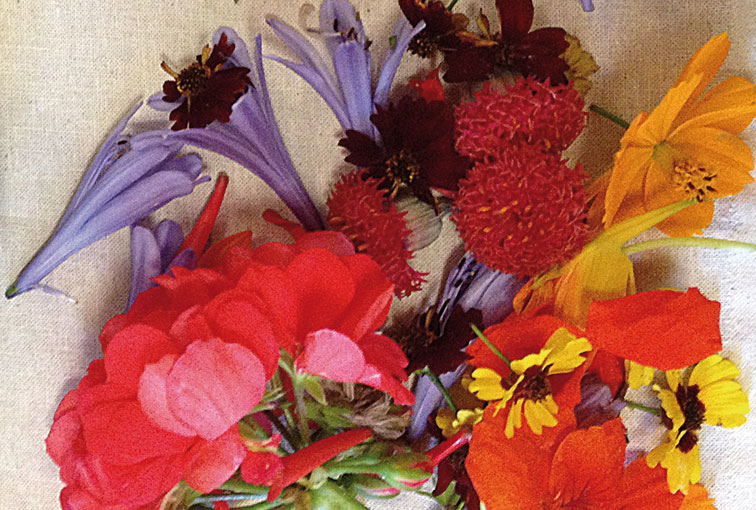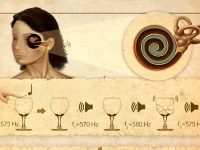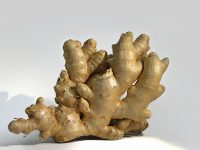
|
The activity we present to you today will help you observe and realise the vast range of colours that exist in nature, and will also make you have a nice time, walking and looking for the coloured petals and then creating paint to use on a canvas, creating a painting with the flowers you gathered. «Blue flowers» is the meaning of anthocyanins, the pigments responsible for most of the colours of fruit and petals. We know of around 300 of them and a piece of fruit can contain a mixture of 12 or more, thus creating a wild spectrum of possibilities. Anthoxanthin means «yellow flower», and together with anthocyanins, are present within plants’ cells, in the vacuoles. That is the reason colour disappears easily when cooked. The assorted diet of our ancestors incorporated pigments to our eye cones, boosting our distinction of a wide range of colours, which we share only with our primate ancestors. We are, therefore, mammals who recognise and enjoy colour. The colours of plants, and especially flowers and fruit, can be formed by two different kinds of pigments, or even change depending on environmental conditions. The colour of flowers originates with three kinds of pigments: • Flavonoids, which are the most common pigments and contribute to create colours ranging from yellow to red and blue. In this group, the most important pigments are anthocyanins, especially pelargonidin (orange-coloured), cyanidin (red-coloured) and delphinidin (blue-coloured). • Carotenoids, responsible for orange-reddish, brown and bronze colours, are frequent in roses and chrysanthemums. • Betalains, which are the less abundant pigments and contribute to a wide spectrum of ivories, yellows, oranges, reds and violets. The colours of petals vary from morning to evening due to changes in light intensity. The spectrum is surprisingly huge, with more than 250,000 flowered species, and there are millions of different colours in a natural colour palette. A pigment is a chemical compound that absorbs light of a specific visible wavelength. The production of colour comes from the structure of the molecule reflecting non-absorbed light. Flower pigments may be natural or artificial. For instance, blue or pink is obtained in hydrangeas by adding copper sulphate to boost the blue colouring. Because of their origin and their chemical structure, the pigments in the most common plants are: |
«The colours of plants, and especially flowers and fruit, can be formed by two different kinds of pigments, or even change depending on environmental conditions» |
|
 |
||
|
Activity: Painting with Petals The activity we suggest is to create dyes from flower petals and use them to paint on a canvas. We can do it on paper, but being water-based dyes, they will not be absorbed properly, so we will use fabric. You can look for the perfect canvas for this kind of dyes. What you need —Cotton cloth What to do Put a pinch of salt, petals and a little water in the mortar, and crush the mix carefully. When you can see the colour in the water, pour it in a container and test it first in a piece of cloth. The salt acts as mordant and fixes the colour. Be aware that these are not real pigments and we will only use them to have a good time and enjoy painting in a different way. Mª José Carrau, Pepa Rey i Olga Ibáñez. Education Unit of the Botanic Garden of the University of Valencia. |
||









